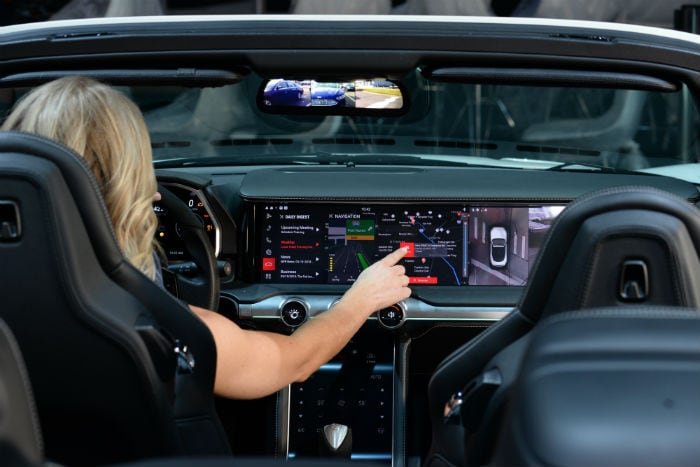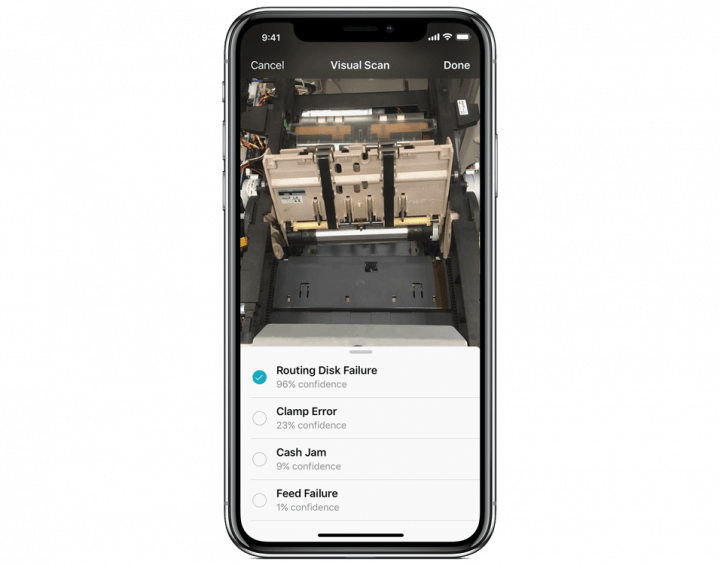IBM stellt Watson Assistant vor und arbeitet eng mit Apple und anderen Partnern zusammen

IBM hat auf der jährlichen Think-Konferenz den Watson Assistant offiziell vorgestellt. Im Gegensatz zu Siri, die fest mit Apple-Geräten verdrahtet ist, kann dieser Assistant, genau wie Alexa oder der Google Assistant, auf diverse Geräte geladen werden. Dazu gehören Autos, Smart-Home-Geräte, Gadgets im Büro und so weiter. Einer der ersten Partner wird Harman sein, die Watson in dem digitalen Cockpit eines Maserati GranCabrio demonstrierten.
Wie andere digitale Assistenten auch, kann Watson nicht nur per Sprache, sondern ebenfalls per Text angesprochen werden, je nachdem auf welchem Gerät er läuft. Doch was unterscheidet den Watson Assistant von Alexa und Co.? Er lernt mit der Zeit und passt sich euren persönlichen Vorlieben, eurem Tagesablauf und den entsprechend genutzten Applikationen und Tools an. IBM skizziert folgendes Beispielszenario dafür:
You’re on a business trip to Las Vegas. Upon landing at McCarran International Airport, Watson Assistant automatically checks into your hotel and your preferred rental car is not only ready, it has the hotel destination preprogrammed along with suggestions on where to get a latte while en-route. Nearing the hotel, the Watson Assistant in your car signals your arrival to the hotel and not only updates the room with your preferences for music, temperature and lighting, it synchs your smartphone, calendar and email with the in-room wall dashboard and checking you into the convention you’re attending.
Next, after skipping the long lines of the front desk, you use an electronic key on your phone to enter, ask Watson Assistant to check your messages and within minutes, you’re ready to begin the afternoon meetings.
Das ist natürlich ein ideales Beispiel, was irgendwann in der Zukunft liegt, in der Watson Zugriff auf alle Apps und Daten hat, die dafür benötigt werden. Spätestens hier kommt die Frage der Datensicherheit und des Datenschutzes auf. Wie man damit umgeht, muss am Ende jeder für sich selbst entscheiden. Ein anderes Praxis-Beispiel liefert Chameleon Technologies mit I•VIE:
Neben Harman und Chameleon Technologies gehören bereits Airwire, der Münchener Flughafen, Kaon Media, The Royal Bank of Scotland und IFTTT zu den Partnern, die den Assistenten nach vorn bringen sollen. Auch Apple stößt dazu und kündigt die Integration der Watson Services in Core ML an.

Damit werden Entwickler von Enterprise-Anwendungen ab sofort in der Lage sein, mit Hilfe der IBM Cloud Developer Console Apps zu schreiben, die die künstliche Intelligenz von Watson nutzen können und mit der Zeit lernen.
Integrating Core ML, Apple’s machine learning framework, with IBM Watson® gives you powerful insights that get richer with time and use. The more you work with your apps, the smarter they get. Combining these capabilities helps you deliver next level AI to your mobile enterprise, including benefits like:
Apps that learn from user activity, getting smarter over time
Access to real-time insights, online or offline
Apps that quickly analyze images, accurately classify visual content and train models using Watson
Man kann nur gespannt sein, wie sich die persönlichen Assistenten in den nächsten Jahren entwickeln werden. Vor allem Watson könnte wieder mehr frischen Wind in den Wettbewerb bringen.
Wenn ihr euch mehr Informationen zum Watson Assistant besorgen wollt, findet ihr diese inklusive einer kleinen Demo auf der dazugehörigen IBM Webseite.
Ist es der selbe berühmte Watson von IBM?
Im Backend, ja.